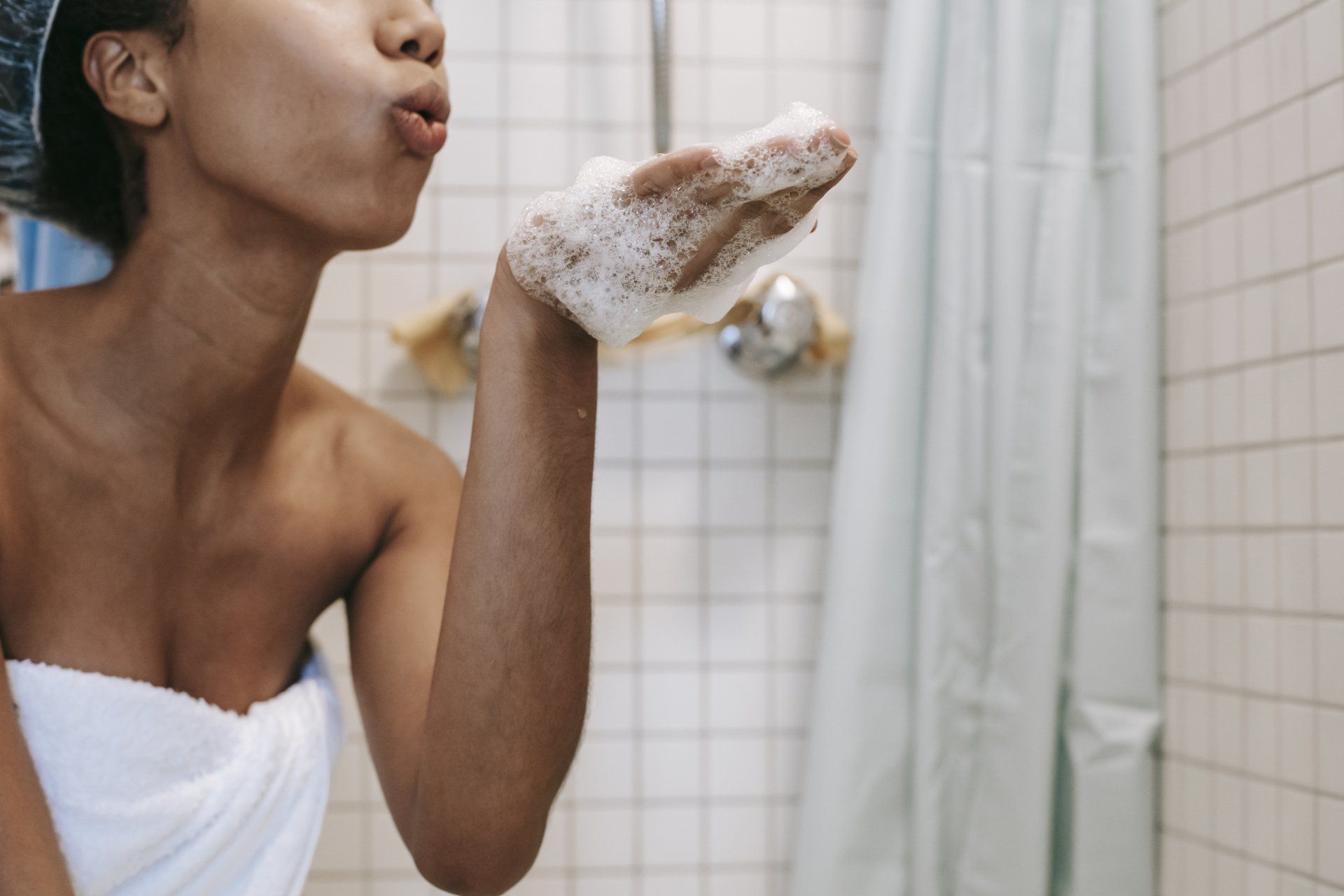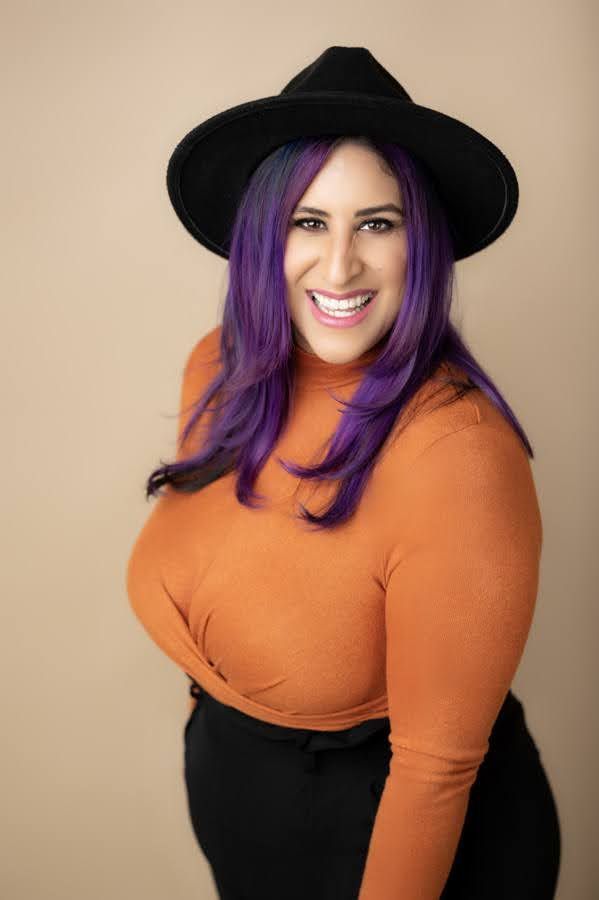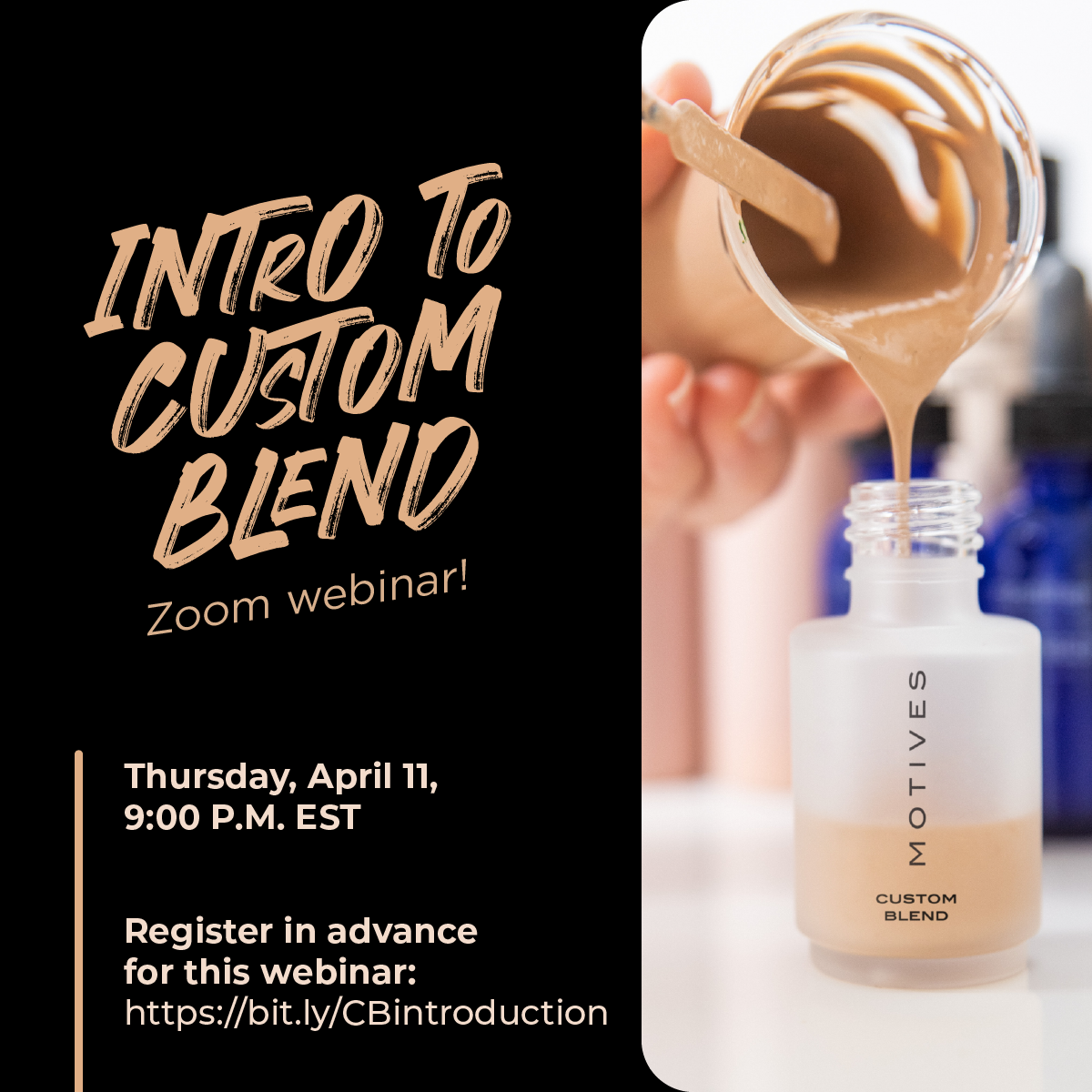It can be difficult to determine whether you have a balanced, dry, oily, combination or sensitive skin type. With all the buzz surrounding different skincare products for specific issues, the list of signs to look for keeps growing. Not to mention that the skin often changes seasonally as well as with age.
So, what exactly is the difference? Your skin type depends on things such as how much water is in your skin (which affects its comfort and elasticity), how oily it is (which affects its softness) and how sensitive it is. Below you will find some steps to help you determine your skin type.
The Bare Faced Method
Cleanse your face thoroughly with a mild cleanser and gently pat dry. Leave skin bare (and do not apply any additional moisturizers, serums or treatments). After 30 minutes, examine your cheeks, chin, nose and forehead for any shine. After another 30 minutes, evaluate whether your skin feels parched, especially if you smile or make any other facial expressions. If your skin feels tight, your skin is likely dry. If there is noticeable shine on your nose and forehead, your skin is mostly likely normal/combination. If there is shine on your cheeks in addition to your forehead and nose, you most likely have oily skin.
The Blotting Sheet Method
This method is much faster and often an excellent differentiator between oily and dry skin types. After cleansing your skin, wait an hour, then gently pat a blotting paper on the different areas of your face. Hold the sheet up to the light to determine how much oil is visible. If the sheet picked up little to no oil, you most likely have dry skin. If the blotting sheet reveals oil from the forehead and nose areas, your skin is normal/ combination. Finally, if the blotting paper is saturated with oil, it is extremely likely that you have oily skin.

Balanced Skin
Not too dry and not too oily, balanced skin has:
• Few to no imperfections
• No severe sensitivity
• Barely visible pores
• A radiant complexion
Use these tips to help care for balanced skin:
• Always try to use products that are good for your skin type
• Hydrate inside and out
• Exfoliate a few times a week
Dry Skin
You may have:
• Almost invisible pores
• Dull, rough complexion • Red patches
• Your skin is less elastic
• More visible lines
Your skin can crack, peel, or become itchy, irritated, or inflamed. If it’s very dry, it can become rough and scaly, especially on the backs of your hands, arms, and legs.
Dry skin may be caused or made worse by:
• Your genes
• Aging or hormonal changes
• Weather such as wind, sun or cold
• Ultraviolet (UV) radiation from tanning beds
• Indoor heating
• Long, hot baths and showers
• Ingredients in soaps, cosmetics or cleansers
• Medications
Use these tips to help your dry skin:
- Take shorter showers and baths, no more than once daily
- Use mild, gentle soaps or cleansers and avoid deodorant soaps
- Don’t scrub while bathing or drying
- Smooth on a rich moisturizer right after bathing
- Use a humidifier, and don’t let indoor temperatures get too hot
- Wear gloves when using cleaning agents, solvents or household detergents
Sensitive Skin
It can show up as:
• Redness
• Itching
• Burning
• Dryness
If your skin is sensitive, try to find out what your triggers are so you can avoid them. There are many possible reasons, but often it’s in response to particular skincare products.
Use these tips to help care for sensitive skin:
• Always do a small test spot before applying
• Always read labels
• Sometimes less is more
• Add a calming mask
• Limit sun exposure
Oily Skin
You may have:
• Enlarged pores
• Dull or shiny, thick complexion
• Blackheads, pimples or other blemishes
Oiliness can change depending upon the time of year or the weather. Things that can cause or worsen it include:
• Puberty or other hormonal imbalances
• Stress
• Heat or too much humidity
To take care of oily skin:
• Wash it no more than twice a day and after you sweat a lot.
• Use a gentle cleanser and don’t scrub
• Don’t pick, pop or squeeze pimples; they’ll take longer to heal
• Look for products that won’t clog pores
Combination Skin
Your skin can be dry or normal in some areas and oily in others, such as the T-zone (nose, forehead, and chin). Many people have this type. It may need slightly different care in different areas.
Combination skin can have:
• Pores that look larger than normal because they’re more open
• Blackheads
• Shiny skin
Use these tips to help care for combination skin:
• Use an oil-balancing cleanser
• Mix and match moisturizers depending on time of day
• Prep skin with a mattifying moisturizer or primer

Once you have determined your skin type, take the FREE Custom Skin Quiz. You can find it on the Learn tab of motivescosmetics.com or by clicking HERE.
How To Determine Your Skin Type FREE Guide
If you found these steps helpful, you can download a FREE copy of our "How To Determine Your Skin Type Guide" by clicking HERE.









